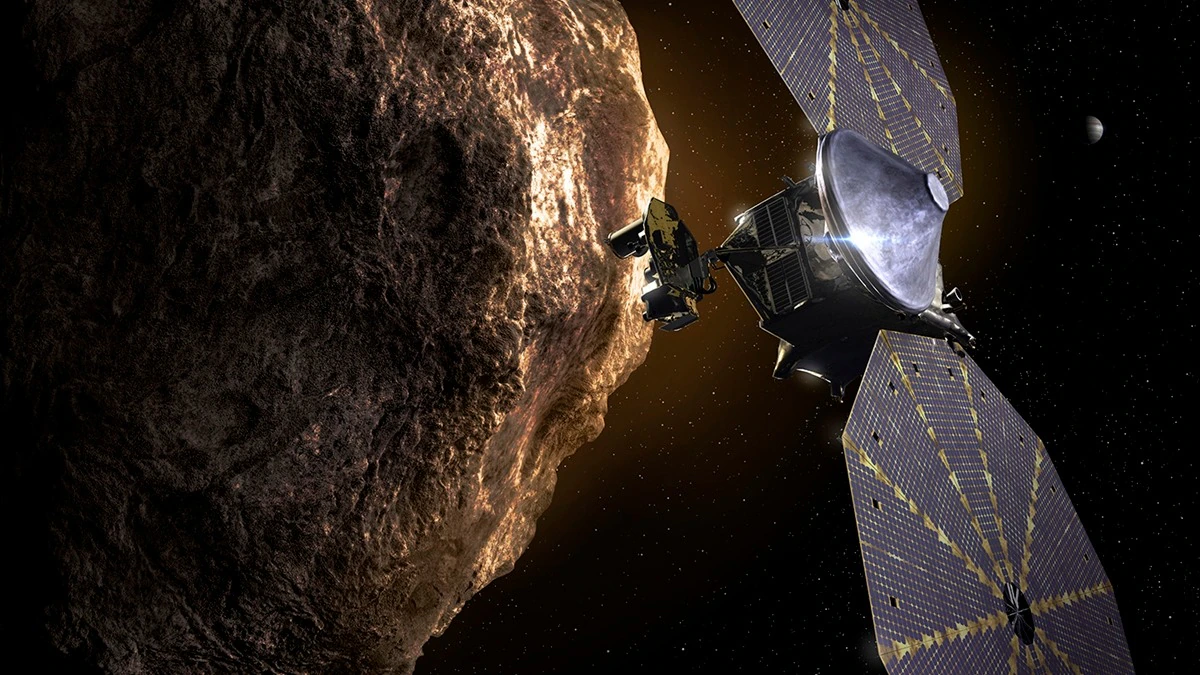Nasa’s Lucy spacecraft completed a close flyby of the small main belt asteroid Donaldjohanson, marking a critical milestone in its 12-year mission to explore Jupiter’s Trojan asteroids.
The spacecraft approached the asteroid at a closest distance of approximately 960 kilometers, executing a complex observational sequence designed to simulate its upcoming encounters with the Trojan asteroids.
About 30 minutes before the closest approach, Lucy autonomously locked onto Donaldjohanson using its Terminal Tracking System, which allowed it to rotate and keep the asteroid in view throughout the encounter.
During this time, the spacecraft’s high-gain antenna turned away from Earth, suspending direct communication. This autonomous tracking ensured that Lucy’s three onboard science instruments — the high-resolution greyscale imager L’LORRI, the colour and infrared imager L’Ralph, and the far-infrared spectrometer L’TES — could gather detailed data about the asteroid’s surface and composition.
To protect its sensitive instruments from intense sunlight, Lucy ceased tracking Donaldjohanson about 40 seconds before closest approach, a unique precaution due to the challenging geometry of this encounter.
After passing the asteroid, the spacecraft reoriented its solar arrays toward the Sun and reestablished communication with Earth roughly an hour later.
Due to the vast distance — Lucy was about 12.5 light minutes away from Earth — radio signals took over 12 minutes to travel between the spacecraft and mission control.
Consequently, the data collected during the flyby will be transmitted back to Earth over several days as engineers command the spacecraft to downlink the information.



